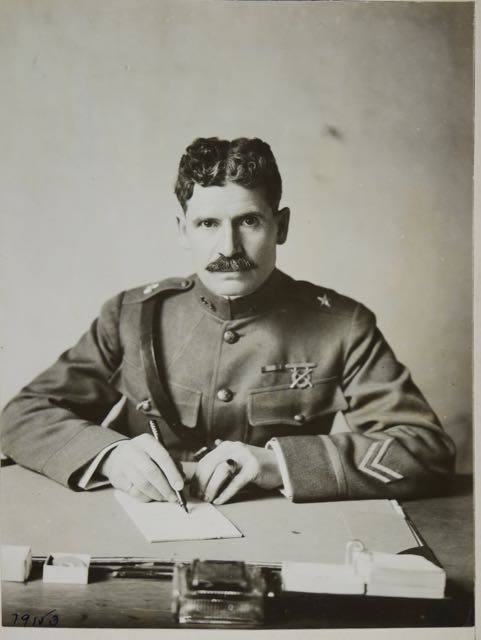 Brigadier General Amos A. Fries was a lowly lieutenant colonel when he was ordered to France, where he expected to take charge of road-building. Instead, he was asked to start up the American Expeditionary Forces' Gas Service. One of the most enthusiastic proponents of gas warfare, he oversaw the growth of the overseas gas service from its embryonic beginnings. At the war's end, he was assigned to command Edgewood Arsenal, and later replaced William Sibert as chief of the Chemical Warfare Service in 1920.
Brigadier General Amos A. Fries was a lowly lieutenant colonel when he was ordered to France, where he expected to take charge of road-building. Instead, he was asked to start up the American Expeditionary Forces' Gas Service. One of the most enthusiastic proponents of gas warfare, he oversaw the growth of the overseas gas service from its embryonic beginnings. At the war's end, he was assigned to command Edgewood Arsenal, and later replaced William Sibert as chief of the Chemical Warfare Service in 1920.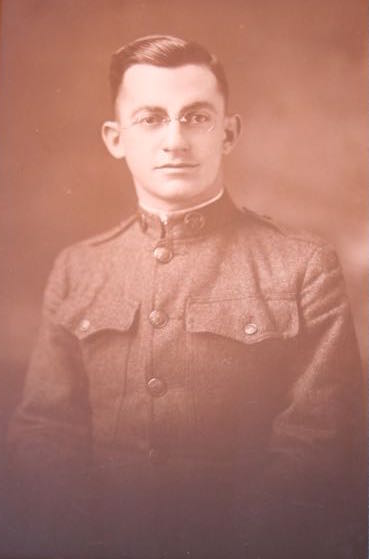 Sergeant Charles William Maurer was drafted in spring of 1918. He expected to go to France, but was instead diverted from his unit and ordered to report to American University, where he spent the rest of the war working on chemical weapons. Photo courtesy of the estate of Addie Ruth Maurer Olson.
Sergeant Charles William Maurer was drafted in spring of 1918. He expected to go to France, but was instead diverted from his unit and ordered to report to American University, where he spent the rest of the war working on chemical weapons. Photo courtesy of the estate of Addie Ruth Maurer Olson.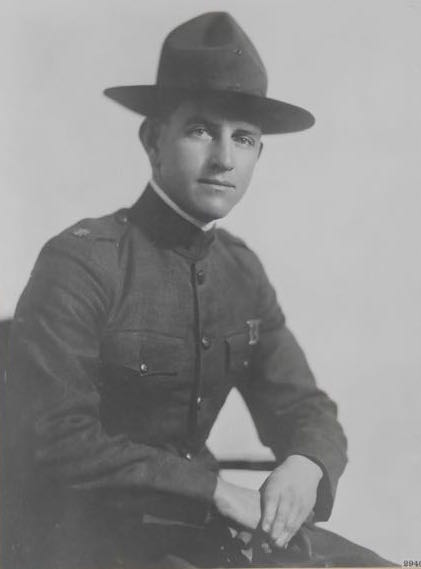 Colonel Earl J. Atkisson commanded the 30th Engineers (Gas and Flame), known as the "Hellfire Regiment" and the "Hellfire Battalion" through the entire duration of the war. In August of 1918, the name of the regiment changed to the First Gas Regiment, the name it kept through the end of the war.
Colonel Earl J. Atkisson commanded the 30th Engineers (Gas and Flame), known as the "Hellfire Regiment" and the "Hellfire Battalion" through the entire duration of the war. In August of 1918, the name of the regiment changed to the First Gas Regiment, the name it kept through the end of the war.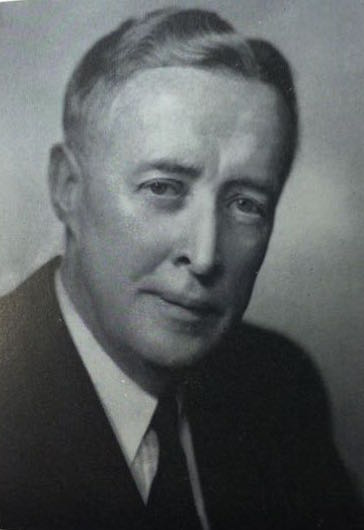 George A. Burrell was a chemical engineer who had been Van H. Manning's chief of gas investigations before he left government service to become a private consultant. In April 1917, Manning asked him to return to public service to lead the war gas research for the Bureau of Mines. The top figure in the Research Division, Burrell oversaw every aspect of chemical warfare research, and was eventually commissioned and appointed to lead the research under the Chemical Warfare Service.
George A. Burrell was a chemical engineer who had been Van H. Manning's chief of gas investigations before he left government service to become a private consultant. In April 1917, Manning asked him to return to public service to lead the war gas research for the Bureau of Mines. The top figure in the Research Division, Burrell oversaw every aspect of chemical warfare research, and was eventually commissioned and appointed to lead the research under the Chemical Warfare Service.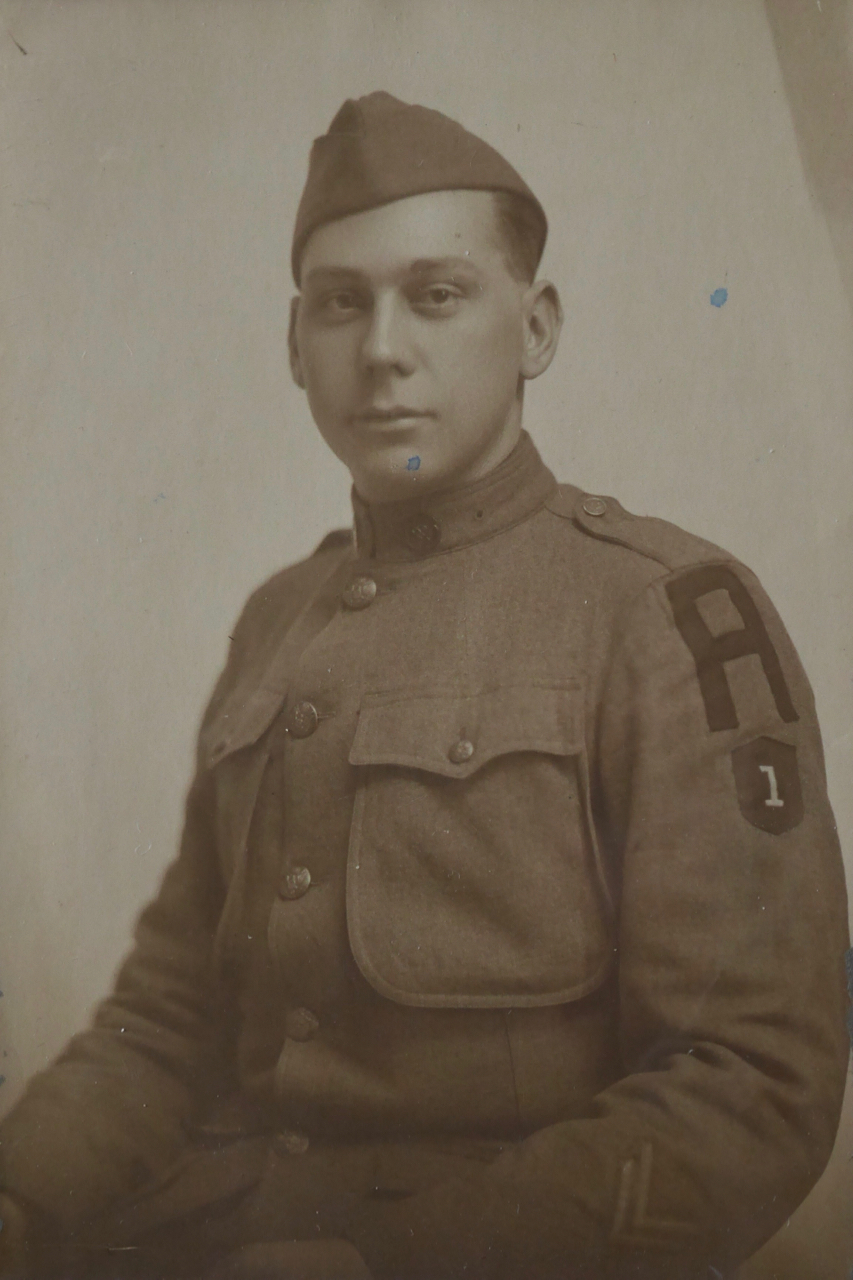 Harold "Higgie" Higginbottom, Company B, First Gas and Flame Regiment. In fall of 1917, Higginbottom worked in a textile mill in Lawrence, Massachusetts. He had just turned 21 when we spotted an article in his local paper about a national recruitment call for volunteers in the new gas and flame regiment, the "Hellfire Regiment," that would be sent to France. Higginbottom was one of the first volunteers to arrive at Camp American University in Washington, DC, to train. Higgie participated in almost every battle in which the American Expeditionary Forces fought, including the Meuse-Argonne Offensive that ended the war. (Photo Courtesy of Chemical Corps Museum, Fort Leonard Wood, MO and Elizabeth Higginbottom)
Harold "Higgie" Higginbottom, Company B, First Gas and Flame Regiment. In fall of 1917, Higginbottom worked in a textile mill in Lawrence, Massachusetts. He had just turned 21 when we spotted an article in his local paper about a national recruitment call for volunteers in the new gas and flame regiment, the "Hellfire Regiment," that would be sent to France. Higginbottom was one of the first volunteers to arrive at Camp American University in Washington, DC, to train. Higgie participated in almost every battle in which the American Expeditionary Forces fought, including the Meuse-Argonne Offensive that ended the war. (Photo Courtesy of Chemical Corps Museum, Fort Leonard Wood, MO and Elizabeth Higginbottom)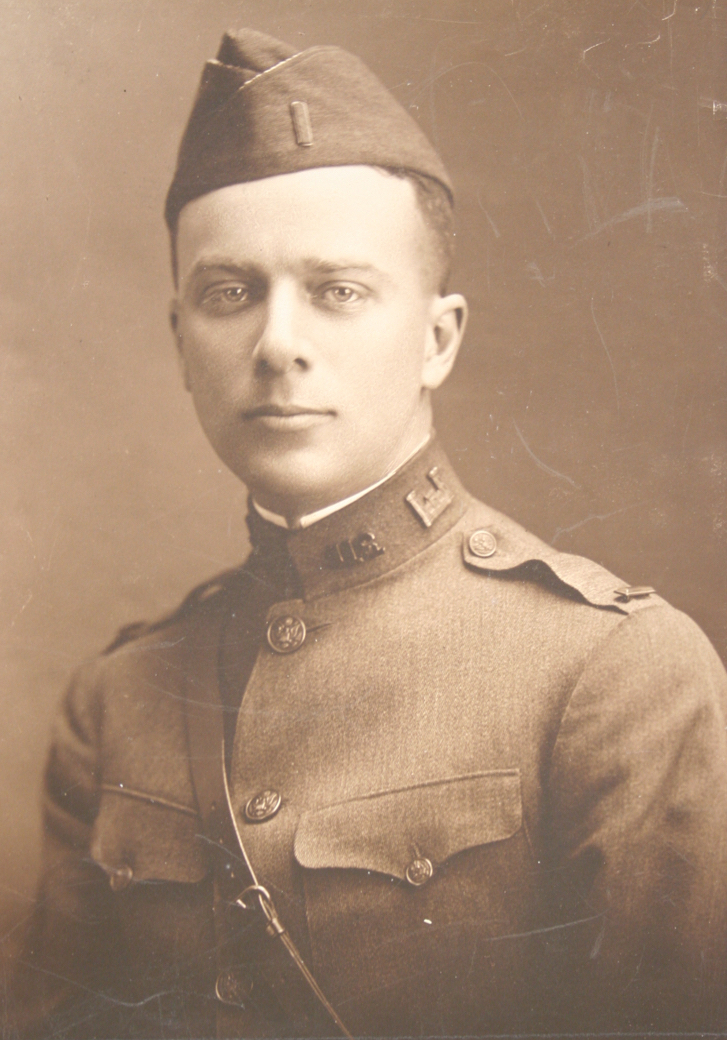 2nd Lt. Thomas Jabine, Companies B and C, First Gas and Flame Regiment. Jabine was a chemist from Yonkers, New York. He was one of the first recruits for the "Hellfire Regiment" to arrive at Camp American University, which shared the campus with the American University Experiment Station. Wounded in mustard gas shelling in early October, 1918. (Photo by permission of the Jabine family)
2nd Lt. Thomas Jabine, Companies B and C, First Gas and Flame Regiment. Jabine was a chemist from Yonkers, New York. He was one of the first recruits for the "Hellfire Regiment" to arrive at Camp American University, which shared the campus with the American University Experiment Station. Wounded in mustard gas shelling in early October, 1918. (Photo by permission of the Jabine family)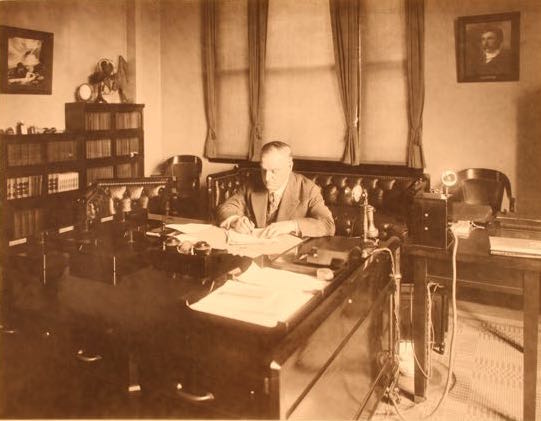 Vannoy "Van" H. Manning directed the Bureau of Mines, which was part of the Department of the Interior. When the U.S. declared war in April 1917, the Bureau of Mines was the only government agency with the scientific and techical expertise for the task of building a chemical warfare organization from scratch. Manning assembled top scientists to work on war gases, masks and other technology of gas warfare. His organization formed the core of what would become the Chemical Warfare Service.
Vannoy "Van" H. Manning directed the Bureau of Mines, which was part of the Department of the Interior. When the U.S. declared war in April 1917, the Bureau of Mines was the only government agency with the scientific and techical expertise for the task of building a chemical warfare organization from scratch. Manning assembled top scientists to work on war gases, masks and other technology of gas warfare. His organization formed the core of what would become the Chemical Warfare Service.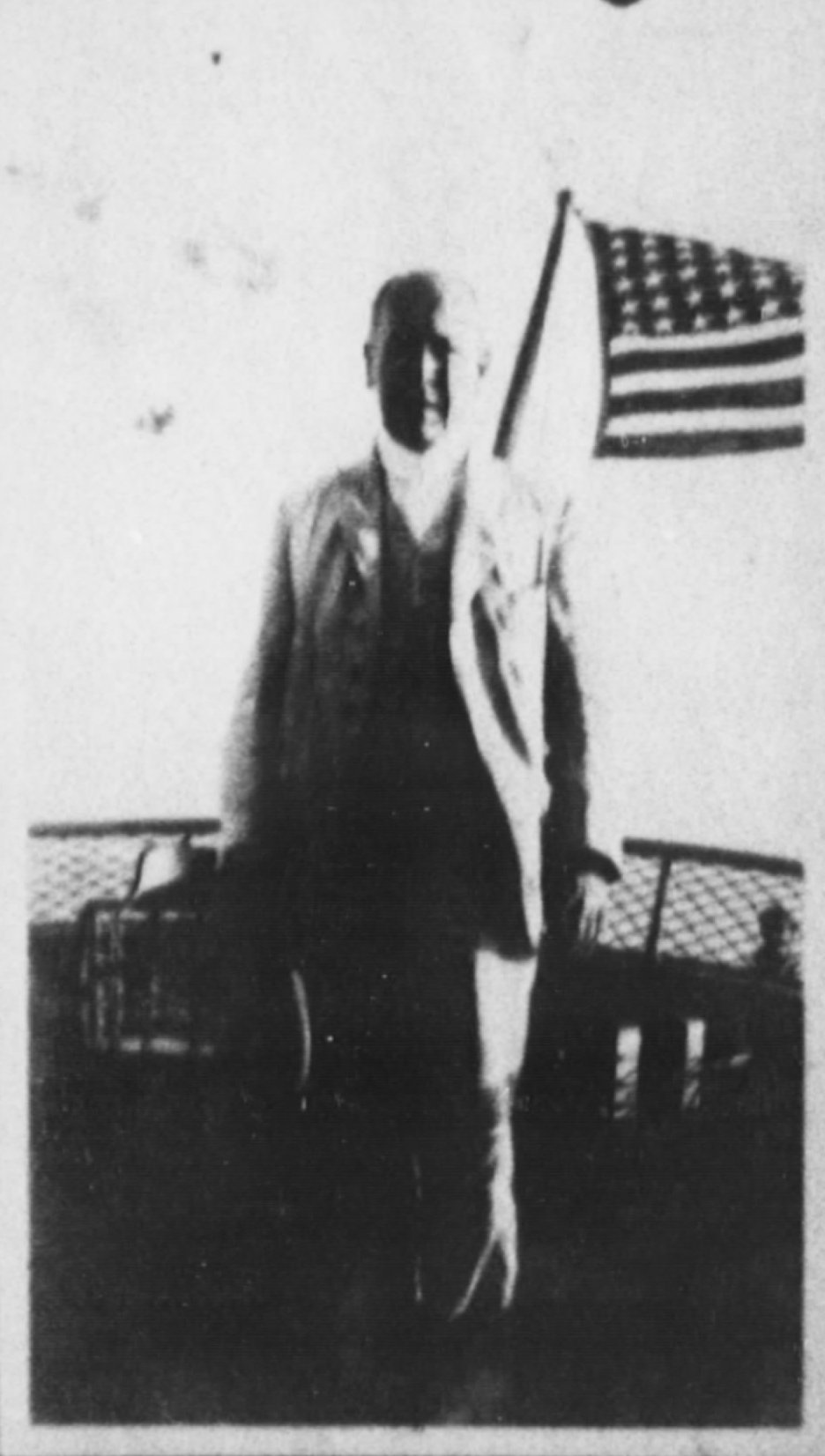 Walter T. Scheele was an infamous German chemist and spy who lived in the United States for more than two decades before the war. In 1915, he was asked to design chemical bombs to be smuggled aboard Europe-bound ships, where they ignited mid-voyage and set the cargo afire. After the sabotage plot was discovered and the conspirators indicted in 1916, Scheele fled the United States to Cuba, where he went into hiding under an alias. Captured in March 1918, he pledged to aid the U.S. government against Germany. He spent the war working on chemical weapons, incendiary bombs and other devices in a top-secret laboratory in Jones Point, New York.
Walter T. Scheele was an infamous German chemist and spy who lived in the United States for more than two decades before the war. In 1915, he was asked to design chemical bombs to be smuggled aboard Europe-bound ships, where they ignited mid-voyage and set the cargo afire. After the sabotage plot was discovered and the conspirators indicted in 1916, Scheele fled the United States to Cuba, where he went into hiding under an alias. Captured in March 1918, he pledged to aid the U.S. government against Germany. He spent the war working on chemical weapons, incendiary bombs and other devices in a top-secret laboratory in Jones Point, New York.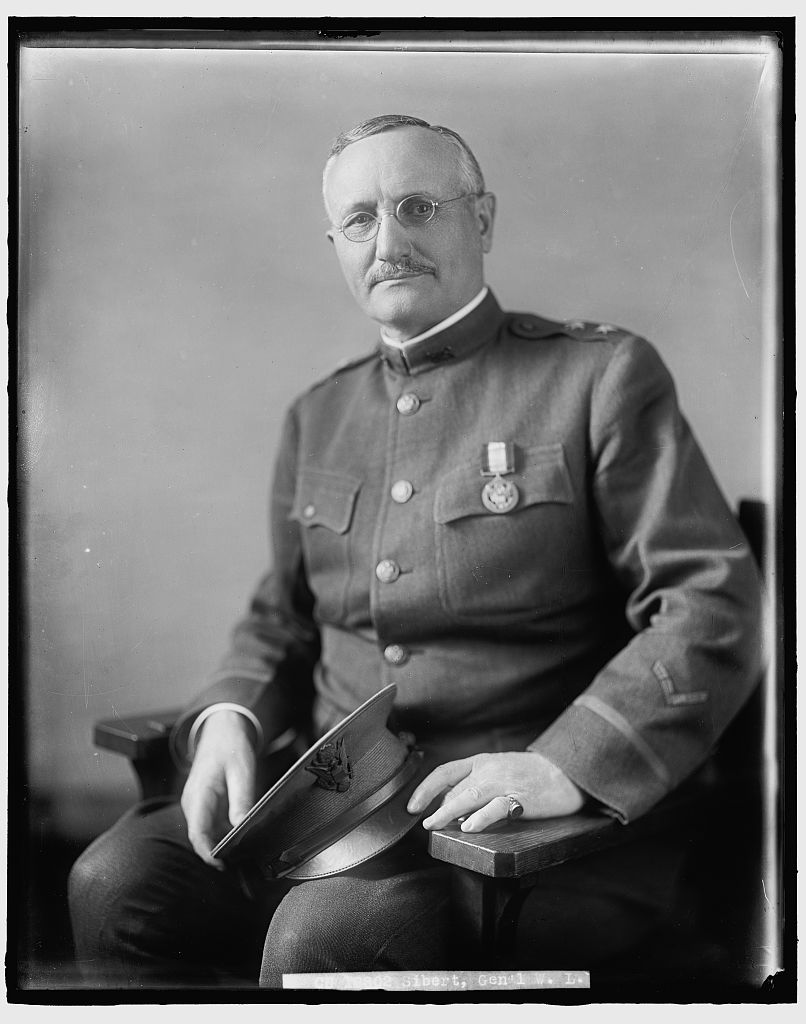 Major General William L. Sibert made his name as one of the top engineers of the Panama Canal. When the U.S. entered the war, he was ordered to France to command the First Division in 1917. His leadership disappointed General John J. Pershing, commander-in-chief of the American Expeditionary Forces, who relieved Sibert of his command in early 1918 and ordered him to return to the United States. In spring of 1918, he was appointed Director of the Gas Service, and subsequently made director the U.S. Chemical Warfare Service in July 1918.
Major General William L. Sibert made his name as one of the top engineers of the Panama Canal. When the U.S. entered the war, he was ordered to France to command the First Division in 1917. His leadership disappointed General John J. Pershing, commander-in-chief of the American Expeditionary Forces, who relieved Sibert of his command in early 1918 and ordered him to return to the United States. In spring of 1918, he was appointed Director of the Gas Service, and subsequently made director the U.S. Chemical Warfare Service in July 1918.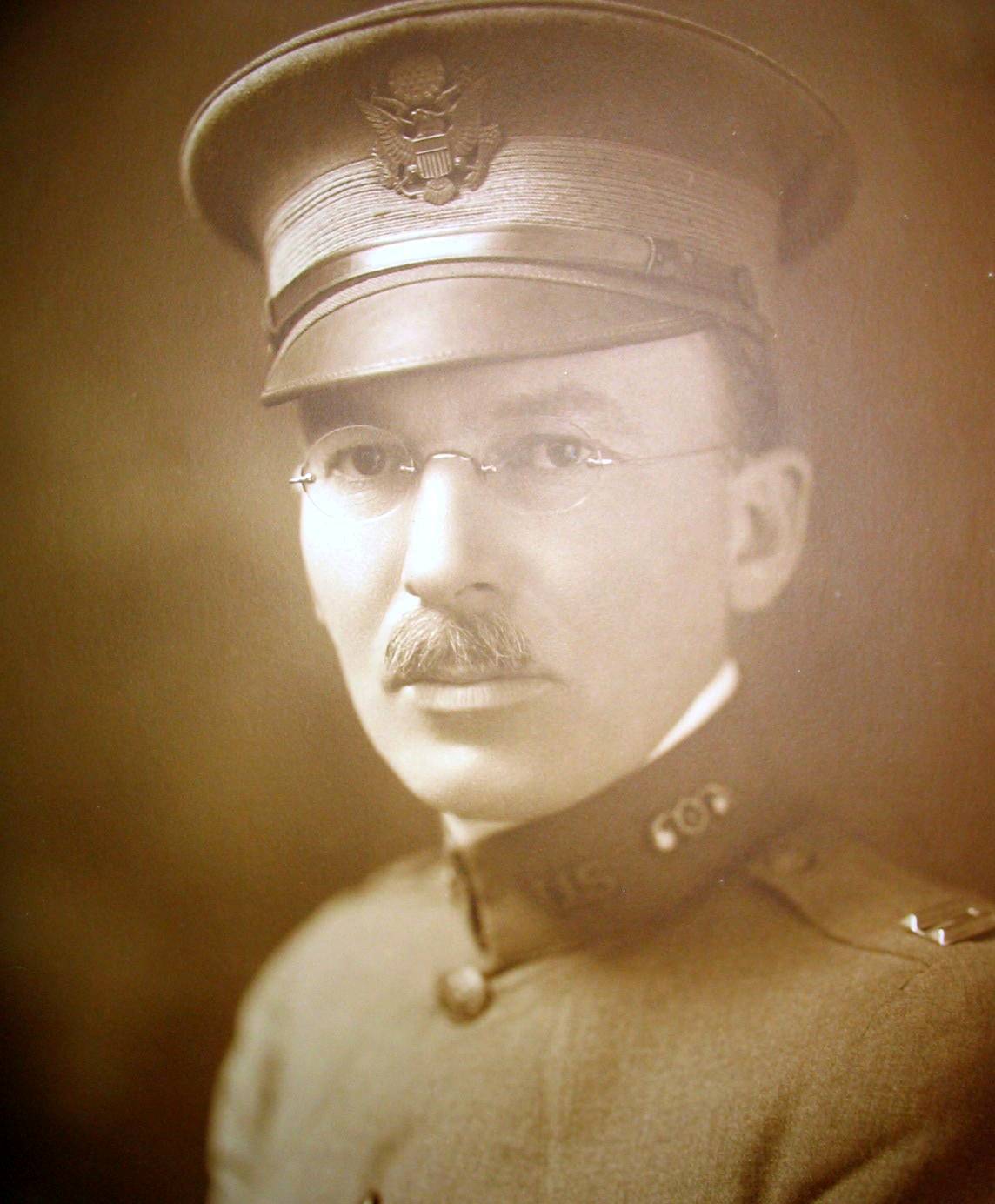 Captain Winford Lee Lewis, a chemist from Illinois, was recruited into the Research Division of the Bureau of Mines in fall 1917. He is credited with identifying the chemical weapons agent "lewisite," which was poised for mass production at the time of the Armistice. (Photo courtesy of Lewis' grandson, L. Philip Reiss)
Captain Winford Lee Lewis, a chemist from Illinois, was recruited into the Research Division of the Bureau of Mines in fall 1917. He is credited with identifying the chemical weapons agent "lewisite," which was poised for mass production at the time of the Armistice. (Photo courtesy of Lewis' grandson, L. Philip Reiss)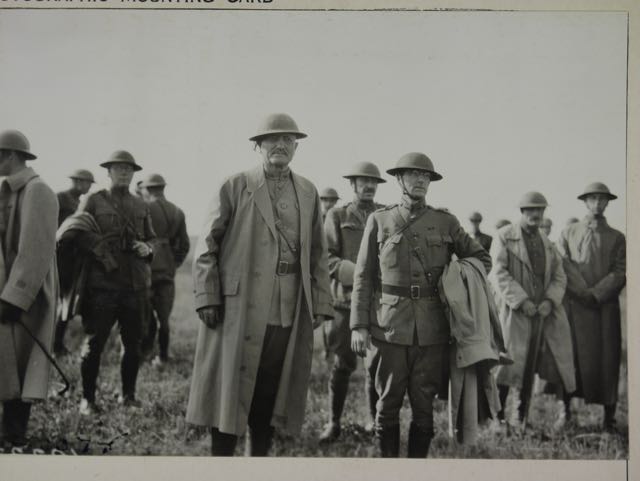 Major General William L. Sibert in Gondrecourt, France, in August 1918, when he still commanded the 1st Division. He was later dismissed and ordered to return to the U.S., where he became chief of the Chemical Warfare Service. (National Archives, photo no. 111-SC-80078)
Major General William L. Sibert in Gondrecourt, France, in August 1918, when he still commanded the 1st Division. He was later dismissed and ordered to return to the U.S., where he became chief of the Chemical Warfare Service. (National Archives, photo no. 111-SC-80078)